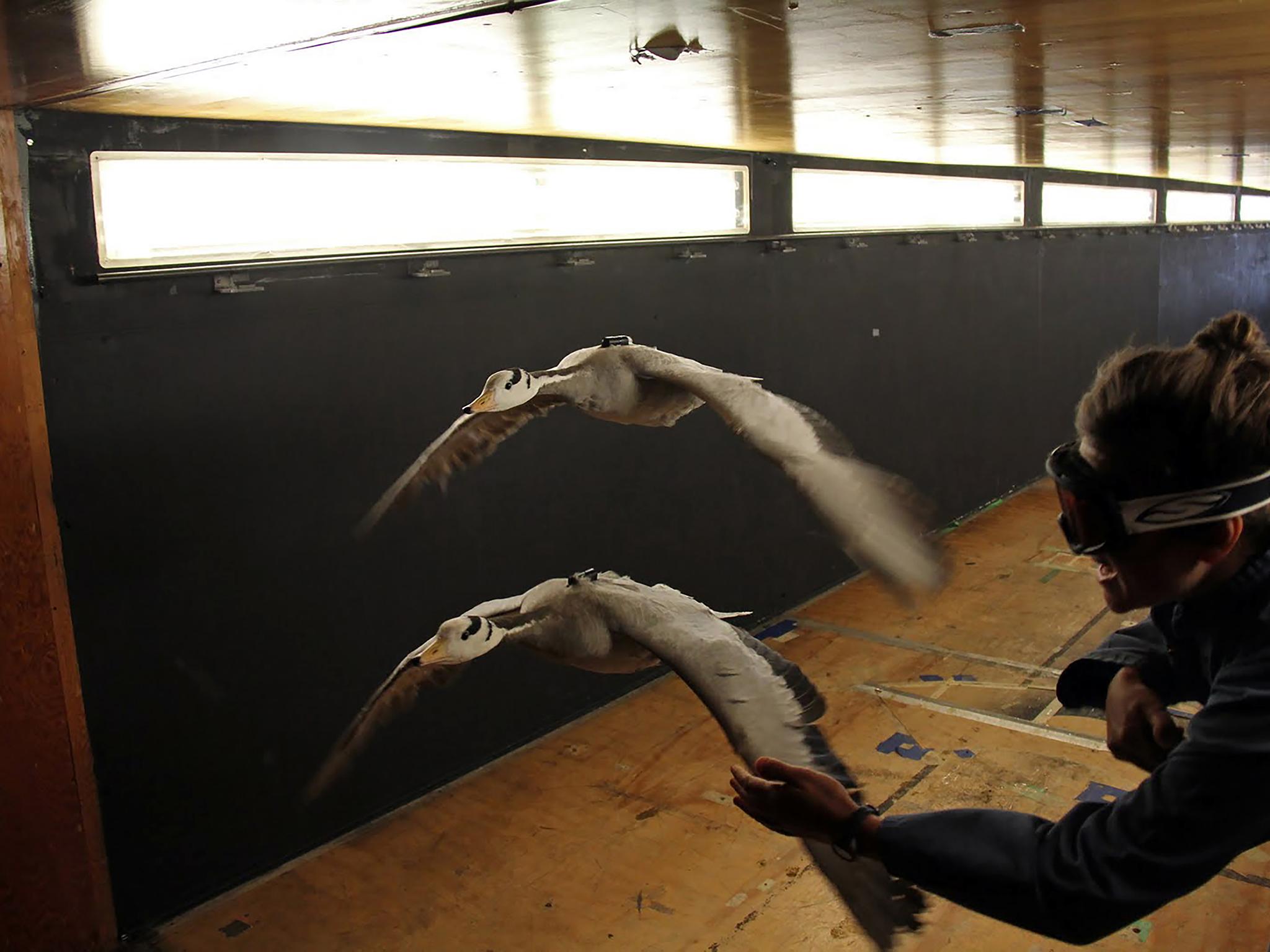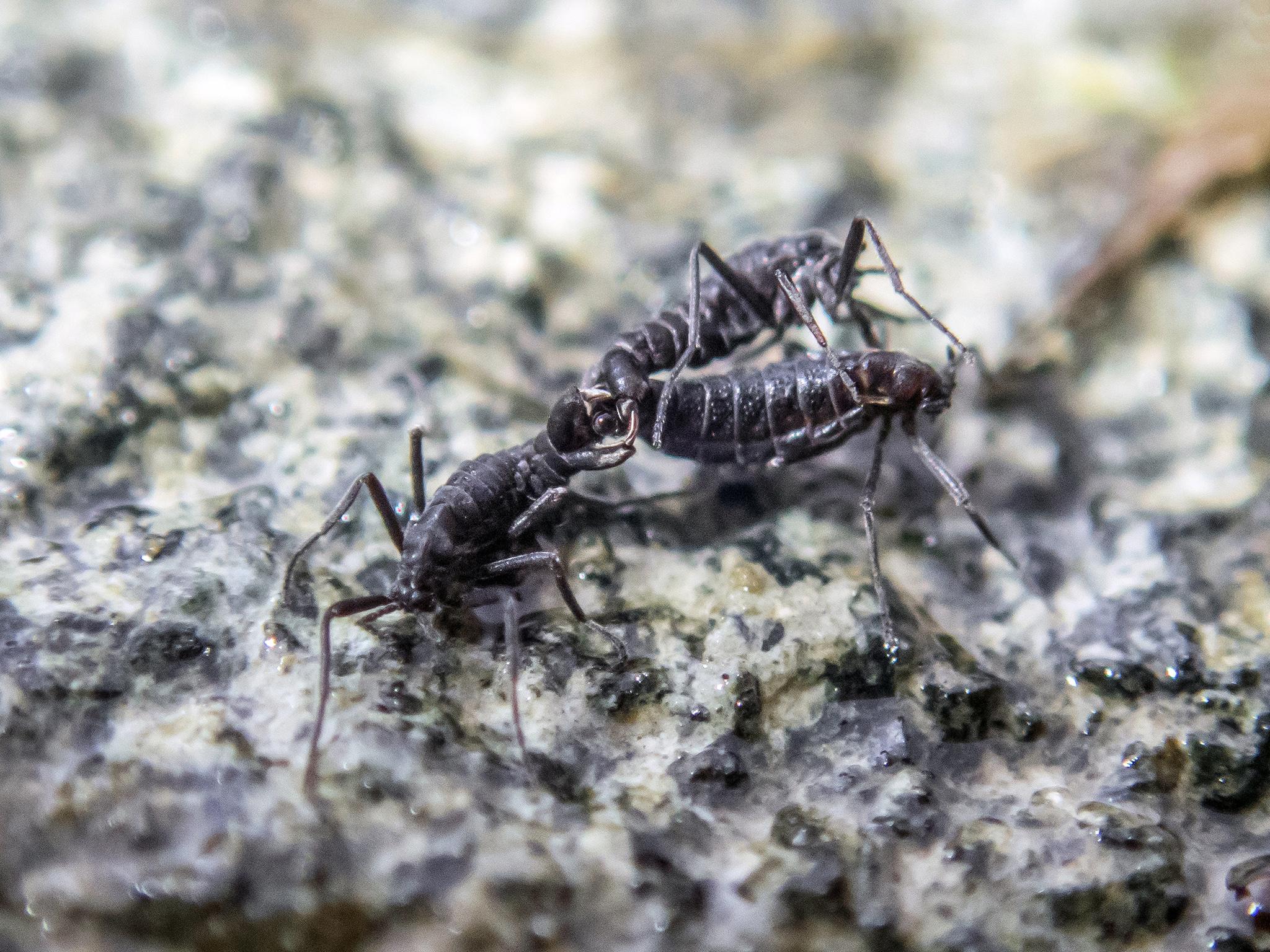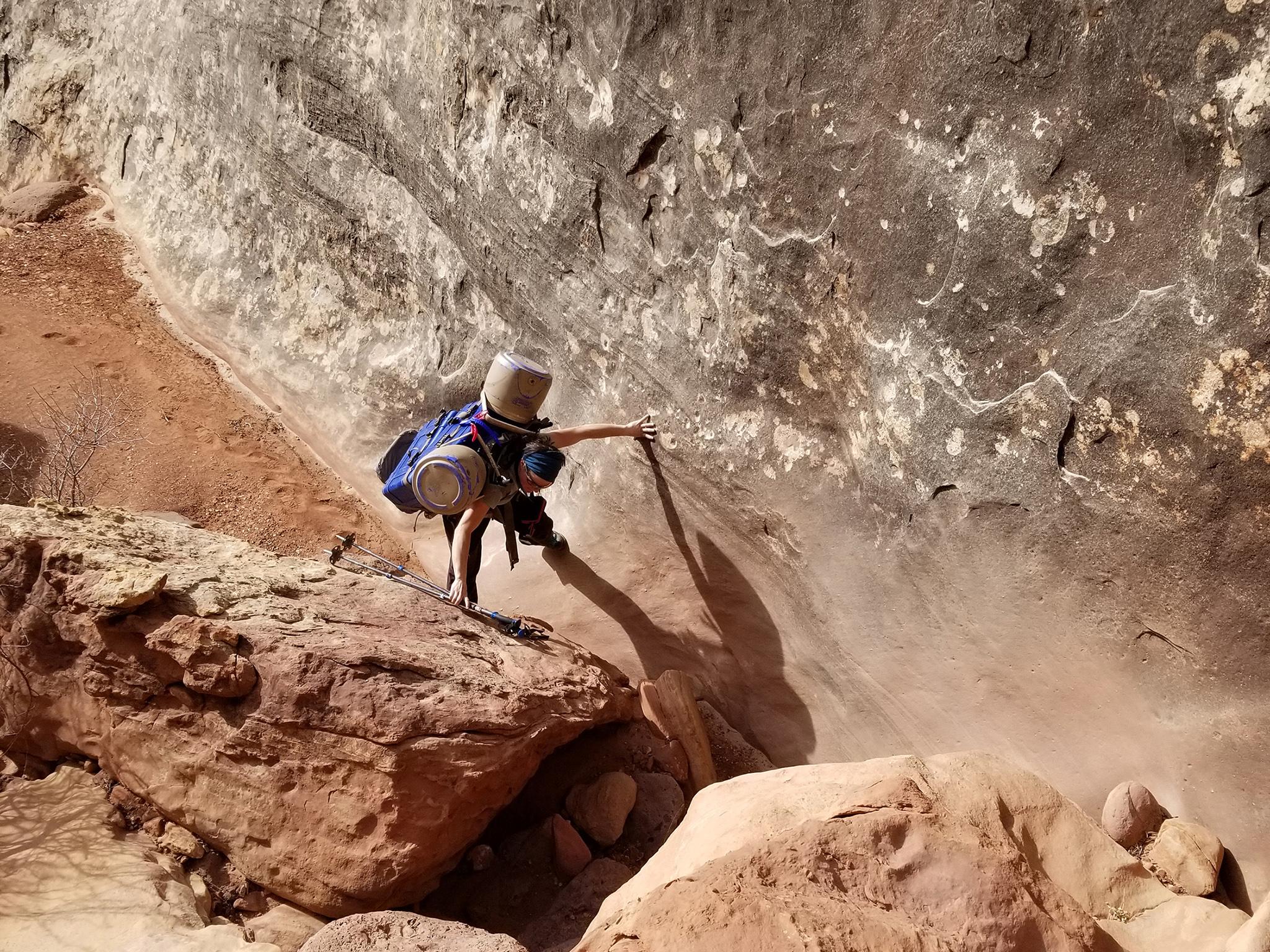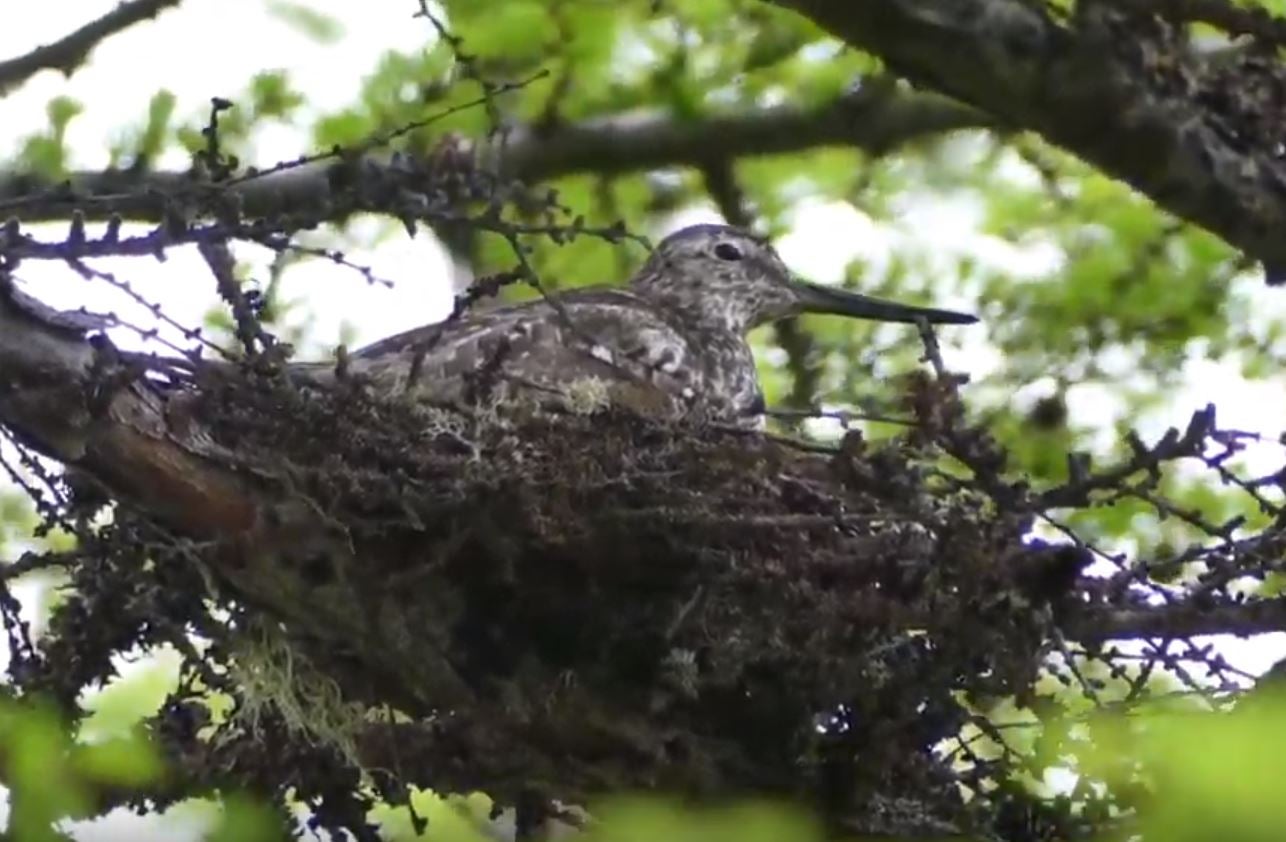Science news in brief: From the tough life of the Antarctic's insects to the holy grail of bird sightings
And a roundup of other news from around the world

These high-flying geese are ‘the astronauts of the bird world’
Each year, bar-headed geese migrate over the Himalayas from India, at sea level, to the Tibetan highlands in China and Mongolia. This journey includes an elevation change of more than 26,000 feet in eight to 12 hours.
“They’re the astronauts of the bird world,” says Julia York, a graduate student at the University of Texas at Austin who has been studying bar-headed geese since she was an undergraduate at the University of British Columbia.
Humans who climb the Himalayas have to acclimatise or use an oxygen mask. The bar-headed goose, however, uses oxygen more efficiently. Scientists have known for decades that these geese have an enhanced ability to bind oxygen in their haemoglobin, a process that moves large quantities of oxygen to individual cells.
Studies have demonstrated that bar-headed geese have more capillaries around individual cells in their pectoral muscles than barnacle geese and other related species that don’t fly at such high altitudes. Those cells are also dense with mitochondria, which use oxygen to supply energy to the cell.
This volcanic eruption set off a phytoplankton bloom

The eruption last year of the Kilauea volcano in Hawaii produced huge amounts of lava. Much of it flowed into the Pacific Ocean, creating plumes of acidic steam in the process.
The eruption also unexpectedly coincided with an explosion in the population of phytoplankton, a diverse array of sea surface-dwelling, sunlight-drinking microscopic organisms. This massive bloom began three days after lava from Kilauea first touched the sea. It expanded rapidly, stretching nearly 100 miles offshore in just two weeks. When the eruption dwindled and the lava stopped flowing seaward, the bloom quickly disappeared.
Scientists were initially baffled as to how the lava could trigger a biological bloom. A new study reveals that as the lava tumbled to the ocean’s depths, it heated the deeper, nutrient-rich waters, allowing them to bubble up to the nutrient-starved surface. This provided a grand banquet for the phytoplankton, leading to their rapid proliferation.
How does Antarctica’s only native insect survive extreme cold?

Purplish, wriggly and the size of a pinkie fingernail clipping, Antarctic midge larvae live for nearly two years underground, often near penguin and seal excrement. They spend over half their lives, about eight months of the year, frozen.
In a new article, Nicholas Teets reveals how Antarctic midge larvae are able to survive such extremes. By better understanding the processes at work, scientists hope that the insects’ survival strategies – including dehydration and freezing – might have applications for the preservation of human tissues, such as organs harvested for transplants.
Midge larvae can survive being frozen at temperatures as low as -15C; immersion in fresh or saltwater, and the loss of up to 70 per cent of their body fluids.
Taking the pulse of a sandstone tower in Utah

In 2013, a mutual friend brought Kat Vollinger and Nathan Richman together as rock climbing partners. Within a few years, they were married and their shared love of climbing led them on adventures around the world. That’s how, in March 2018, they found themselves scaling Castleton Tower, a nearly 400-foot sandstone spire near Moab, Utah, with a seismometer in tow.
They helped scientists measure how Castleton Tower taps into the earth’s natural vibrations, finding that it pulsates at about the rate of a human heartbeat. Castleton Tower is one of many desert rock formations that Jeff Moore, a geologist, and his team have been monitoring with audio recordings. Like a doctor listening to the beating of a human heart, they hope to learn about the structural health of these arches, bridges and towers and how their environments affect them.
Formed over tens of thousands of years, these structures have withstood earthquakes and heavy winds. But there are concerns that human-made sounds and vibrations – from helicopters, for instance, or highway traffic – may be challenging their endurance.
A rare greenshank is spotted in Russia

The Nordmann’s greenshank is one of the most endangered shorebirds on Earth. No one had studied the bird in depth since 1976, and its nesting habitat remained a mystery.
But this summer, an American graduate student and Russian ornithologists spotted a pair of Nordmann’s greenshanks in a larch forest near a coastal bog in eastern Russia. They shot a video of one in a nest, measured and photographed four eggs and tagged seven adult birds.
“The moment of discovery – it was pure joy,” says Philipp Maleko, a graduate student at the University of Florida, who tracked the birds for nearly two months this summer.
Their research was the first in-depth investigation in decades of the Nordmann’s greenshank, a pigeon-size bird named for a 19th-century Finnish biologist.
© New York Times
Join our commenting forum
Join thought-provoking conversations, follow other Independent readers and see their replies
Comments